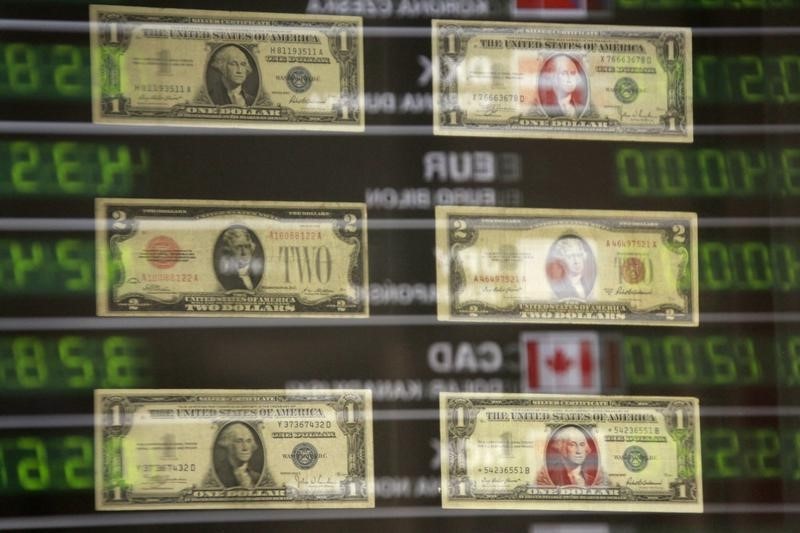(Adds comment, details; updates prices)
* Canadian dollar ends at C$1.3541, or 73.85 U.S. cents
* Bond prices higher across the maturity curve
By Alastair Sharp
TORONTO, Feb 25 (Reuters) - The Canadian dollar hit its
strongest level against its U.S. counterpart in more than two
months on Thursday, as investors unwound bets on a rising U.S.
dollar and cheered a rebound in oil prices.
Oil fell early as record U.S. crude inventories added to
worries about oversupply in a slowing global economy, but later
reversed course after Venezuela reaffirmed an oil producers
meeting in mid-March that would include Saudi Arabia, Russia and
Qatar. O/R
Oil is a major Canadian export, and its low price has
weighed on the country's economy and currency since late 2014.
But as skepticism about the pace of any rate hikes from the
U.S. Federal Reserve increases, long U.S. dollar positions and
related short positions in the loonie are being unwound.
"The global currency world is locked in a trunk of a long
U.S. dollar position, and they're screaming, 'Let me out'," said
Brad Schruder, director of foreign exchange sales at BMO Capital
Markets.
The Canadian dollar CAD=D4 ended the session at C$1.3541
to the greenback, or 73.85 U.S. cents, much stronger than
Wednesday's official close of C$1.3687, or 73.06 U.S. cents.
It smashed through C$1.3640, after several attempts were
made on this level earlier this month, touching its strongest
level since Dec. 9 at C$1.3517.
U.S. Fed official John Williams said the central bank should
gradually raise rates, with the pace and number of hikes to be
based on inflation and other data.
Currencies could factor prominently at a meeting of G20
countries this weekend, after host China devalued its yuan last
year, while pressure is on leaders to get the global economy
back on track and calm markets after one of the rockiest starts
to a year on record.
The Canadian currency extended its recovery from a 12-year
low of C$1.4689 in January, helped by stabilization in crude oil
prices and the shifting of the fiscal stimulus burden from the
Bank of Canada to the Canadian government.
The federal government will run much bigger deficits than
anticipated and push ahead with plans to invest in
infrastructure projects, while adding private-sector spending to
projects could spur even greater spending and limit the need for
a Bank of Canada rate cut.
Canadian government bond prices were higher across the
maturity curve, with the two-year CA2YT=RR price up 1 Canadian
cent to yield 0.489 percent and the benchmark 10-year
CA10YT=RR rising 12 Canadian cents to yield 1.137 percent.
